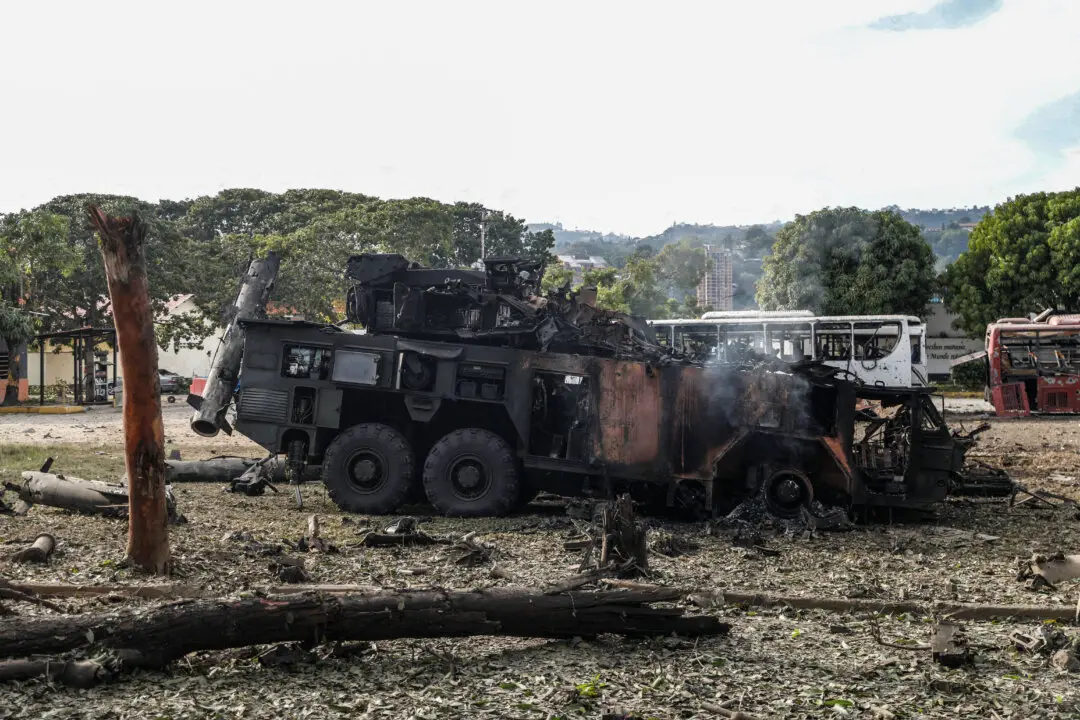Correction: The Epoch Times published a misleading headline declaring the threat of the Yellowstone volcano eruption had increased to “high.” Yellowstone volcano’s ranking of 21st on the U.S. Geological Survey’s assessment has not changed. The Epoch Times regrets this error.
“Unfortunately that ‘high threat’ language is getting confused right now in pretty spectacular ways,” Michael Poland, geophysicist and scientist-in-charge of the Yellowstone, told the Post-Register of the supervolcano.




